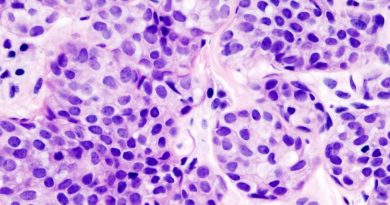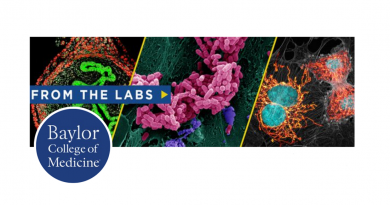ABL1 gene plays a role in cancer and in a developmental disorder
The human gene ABL1 is well-known for its association with cancer. In this case, a piece of chromosome 9 containing the ABL1 gene and a piece of chromosome 22 break off and switch places. The ABL1 gene fuses with the BCR gene in chromosome 22, which is then called the Philadelphia chromosome. Bone marrow cells containing the Philadelphia chromosome are common in chronic myelogenous leukemia and sometimes in acute lymphocytic leukemia.
Researchers have found, however, that the ABL1 gene may be also be involved in other human conditions – inborn developmental disorders.
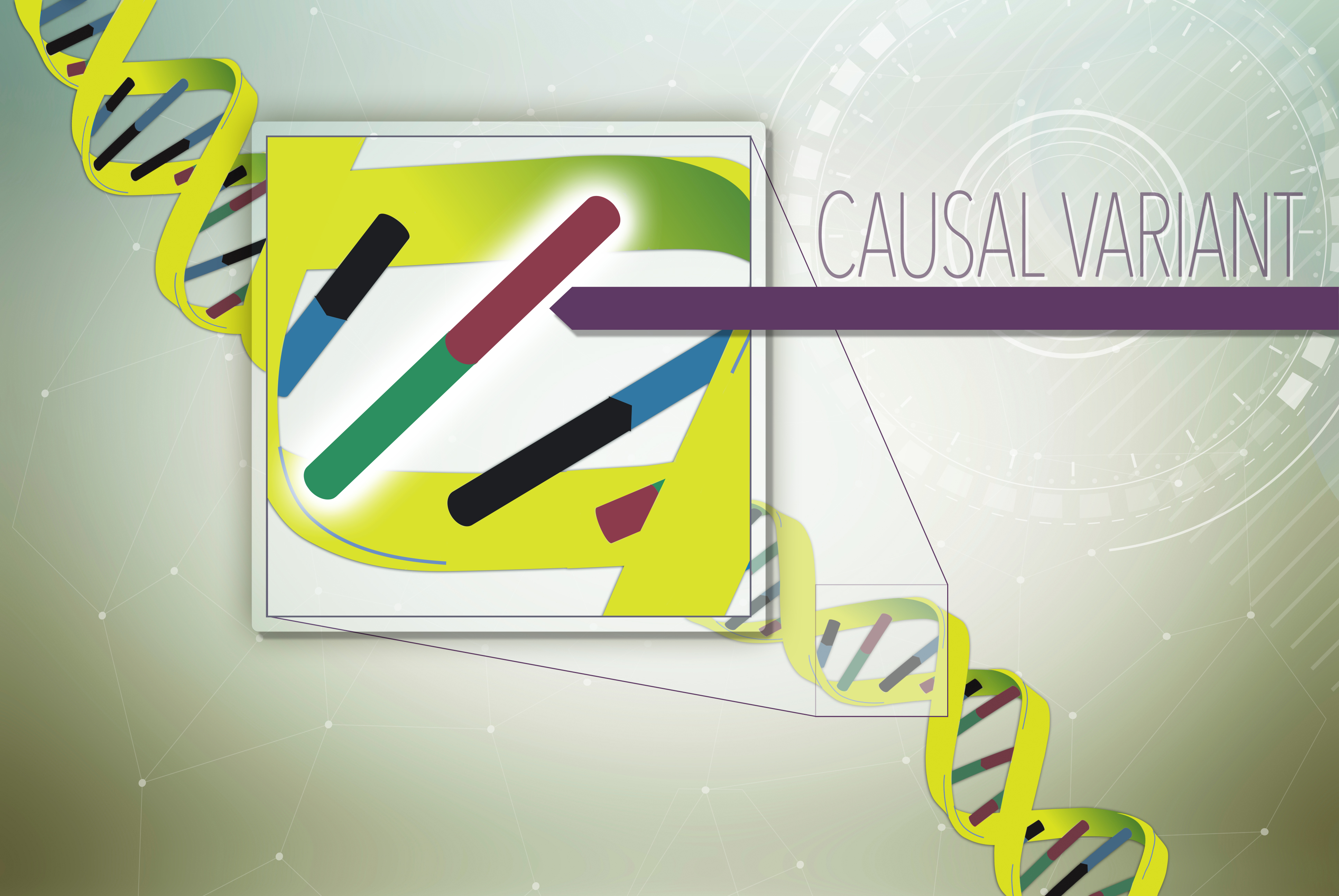
“We were reviewing the genomic data of six patients who share similar clinical features, but did not find any of the known disease-associated genes to be involved,” said co-first author Dr. Xia Wang, assistant professor of molecular and human genetics at Baylor College of Medicine. “Instead, we found that the patients carry novel mutations, not previously described by other researchers, in the ABL1 gene.”
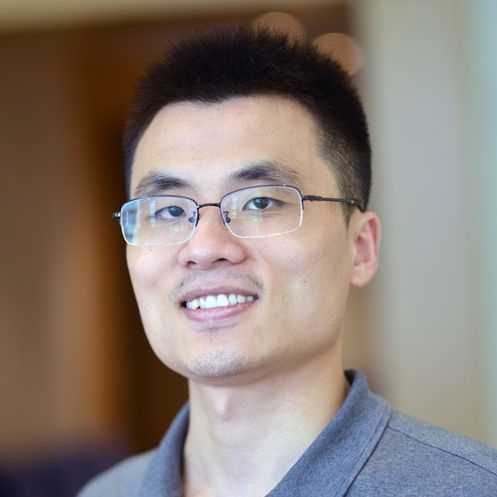
ABL1 and developmental disorders
The new mutations of ABL1 and the similar clinical features are inherited together, “which made us think that the gene mutations could be good candidates to explain the patients’ clinical features,” Wang said.
The patients’ clinical characteristics include heart defects and dilation or widening of the aortic artery, which can predispose to rupture of the aorta, a life-threatening condition, as well as skeletal conditions, such as joint problems and particular facial features, among others.
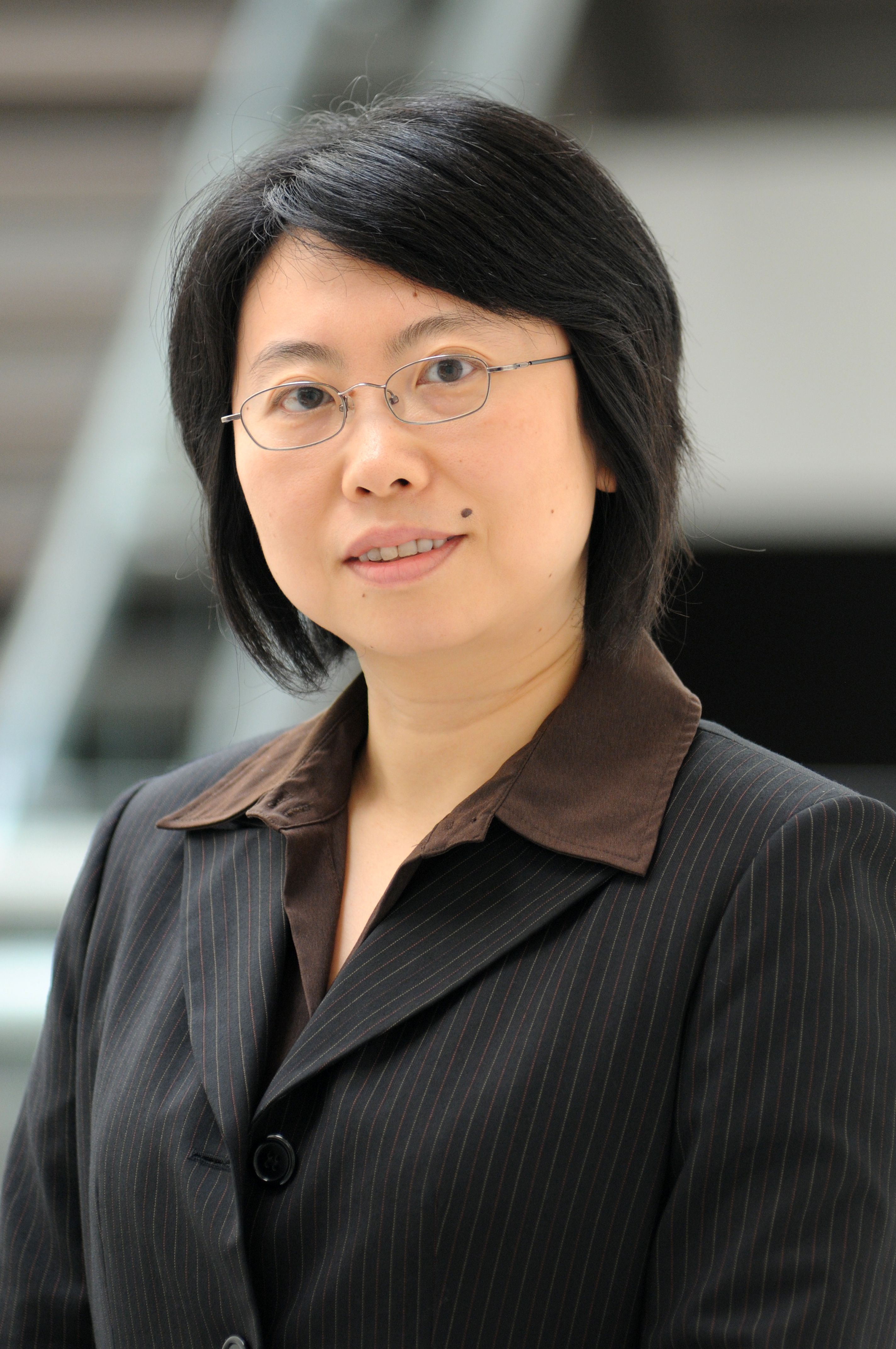
From studying the clinical and genomic information of immediate relatives of affected individuals, the researchers learned that “in some of the patients the ABL1 mutation is de novo or new – it is present only in the patient, but not in the parents,” said co-senior author Dr. Yaping Yang, associate professor of molecular and human genetics and senior laboratory director of Baylor Genetics. “In some of the families, the ABL1 mutation is present in several generations.”
Providing answers for families
“One of the families in our study has four generations affected with this disorder,” said co-senior author Dr. Christian Schaaf, assistant professor of molecular and human genetics at Baylor. “Some of the members of the family had been given a diagnosis of Marfan syndrome, a classic genetic disorder that shares clinical similarities with the condition we were studying. They received that diagnosis on the basis of their skeletal features, but, more importantly, based on the dilation of the aortic arch, which predisposes to rupture of the aorta. Interestingly, it was only a clinical diagnosis; they did not have a genetic diagnosis of Marfan syndrome, which is caused by mutations in a different gene, called FBN1. The condition looked like Marfan syndrome, but it was not.”
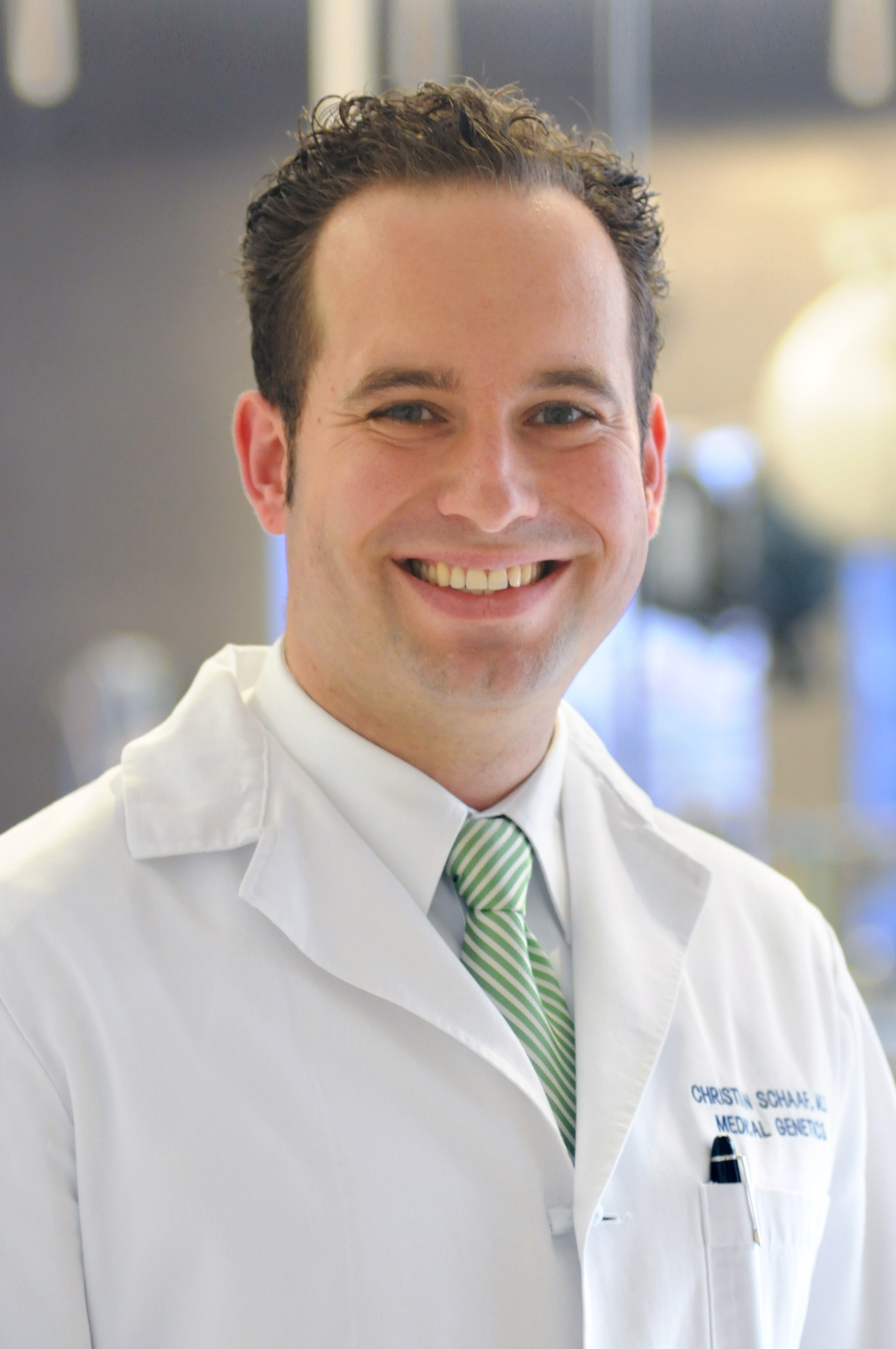
The scientists think that the findings of this research would help this family in several ways.
“By uncovering the genetic cause of this condition we can provide this family with specific clinical considerations,” Schaaf said. “Family members have been going through testing to determine whether their aorta is dilating, but now we have a genetic test that would let them know who is at risk. Those who carry the mutation in ABL1 are at risk and need routine testing of their aortas; but those that don’t carry the mutation are not at the same risk. We know that the ABL1 mutation is dominant – having the mutation in one of the two copies of the gene is enough for the individual to have the condition. It means that a person having the mutation has a 50 percent chance of passing it to his or her children.”
Interestingly, “according to the information we have, there is no history of cancer in these families,” Schaaf said. “Vice versa, patients with cancer associated with the Philadelphia chromosome are not at increased risk for heart disease or aortic dilation, because in their case the mutation is limited to the cancer cells.”
The power of an unbiased comprehensive approach to study the genetic causes of diseases
“This is a rare condition,” Yang said. “By the end of this study we had sequenced the genes of 7,000 patients, most of whom have developmental problems. We found seven patients who carry a disease-causing mutation in ABL1. Six patients were included in the publication; the seventh patient was not included due to lack of interest in participating in this research.”
The discovery that ABL1 also is associated with human developmental disorders would not have surfaced had the researchers taken a targeted approach to determine the genetic cause of their patients’ condition.
“If instead of looking at all the genes in the genome we had looked only at genes we know are involved in cardiac and skeletal conditions, features associated with this syndrome, we would have never seen that ABL1, a gene that until now had only been linked to cancer, is involved in this condition,” Schaaf said. “Taking the unbiased approach often times pays off.”
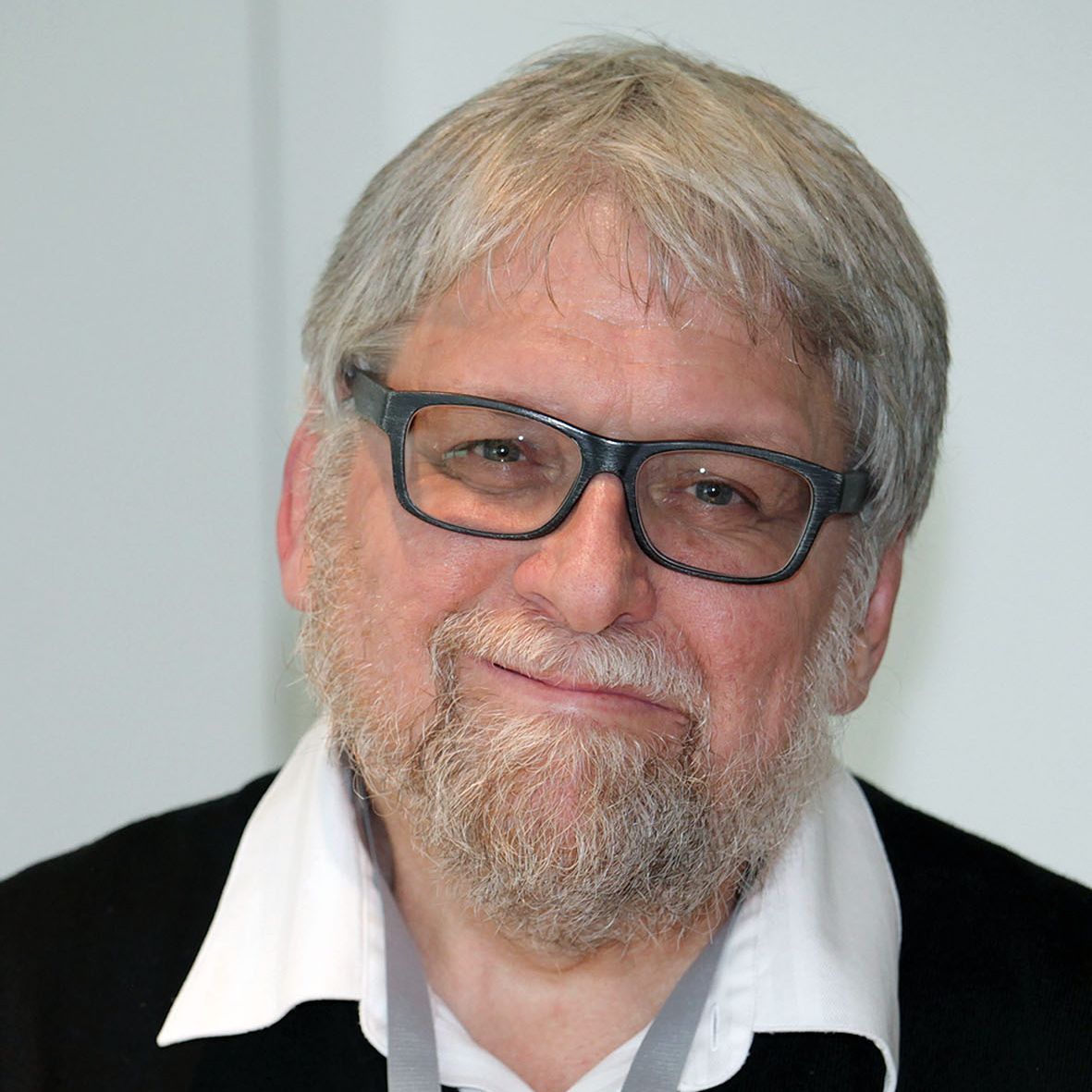
“ABL1 is an important gene that has been studied extensively in cancer; I noted more than 1,500 papers in a PUBMED search. However, this is the first time inherited mutations have been identified and connected to a newly described specific syndrome unrelated to cancer,” said co-author Dr. James R. Lupski, Cullen Professor of Molecular and Human Genetics at Baylor. “This work illustrates the wonderful collaborative synergy between clinical, clinical diagnostic and basic scientists here at Baylor.”

“Although this finding was a complete surprise, the extensive prior research on ABL1 changes and function in cancer should accelerate the research by geneticists to understand this new disorder,” said co-author Dr. Sharon Plon professor of pediatrics – oncology and molecular and human genetics at Baylor and director of the Cancer Genetics Clinical and Research Programs at Texas Children’s Hospital.
###
A full list of the authors of this study and their affiliations as well as the financial support for this project can be found here.
Read all the details of this study in Nature Genetics.

